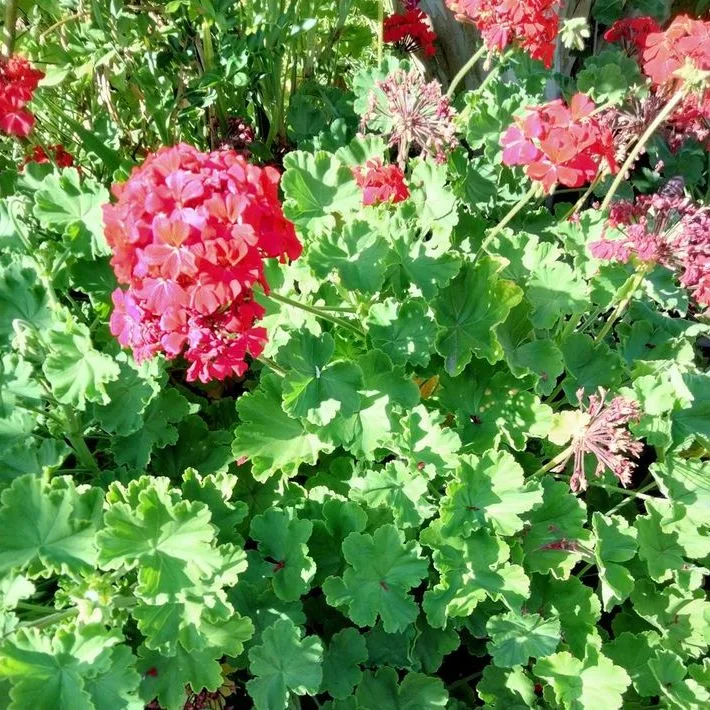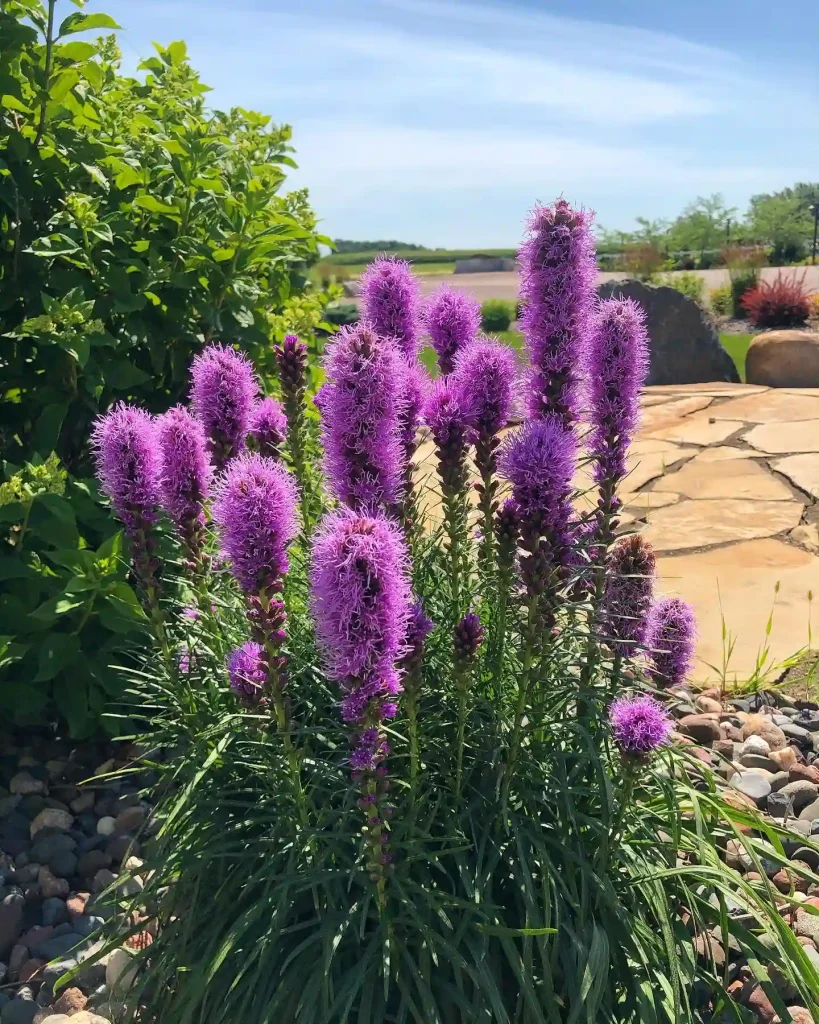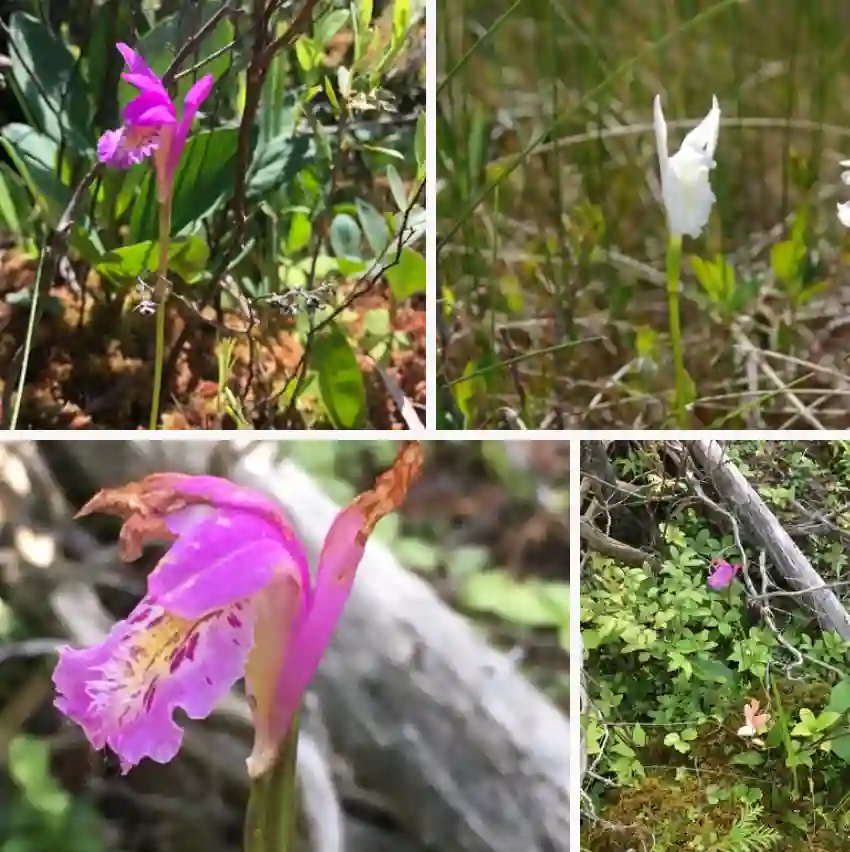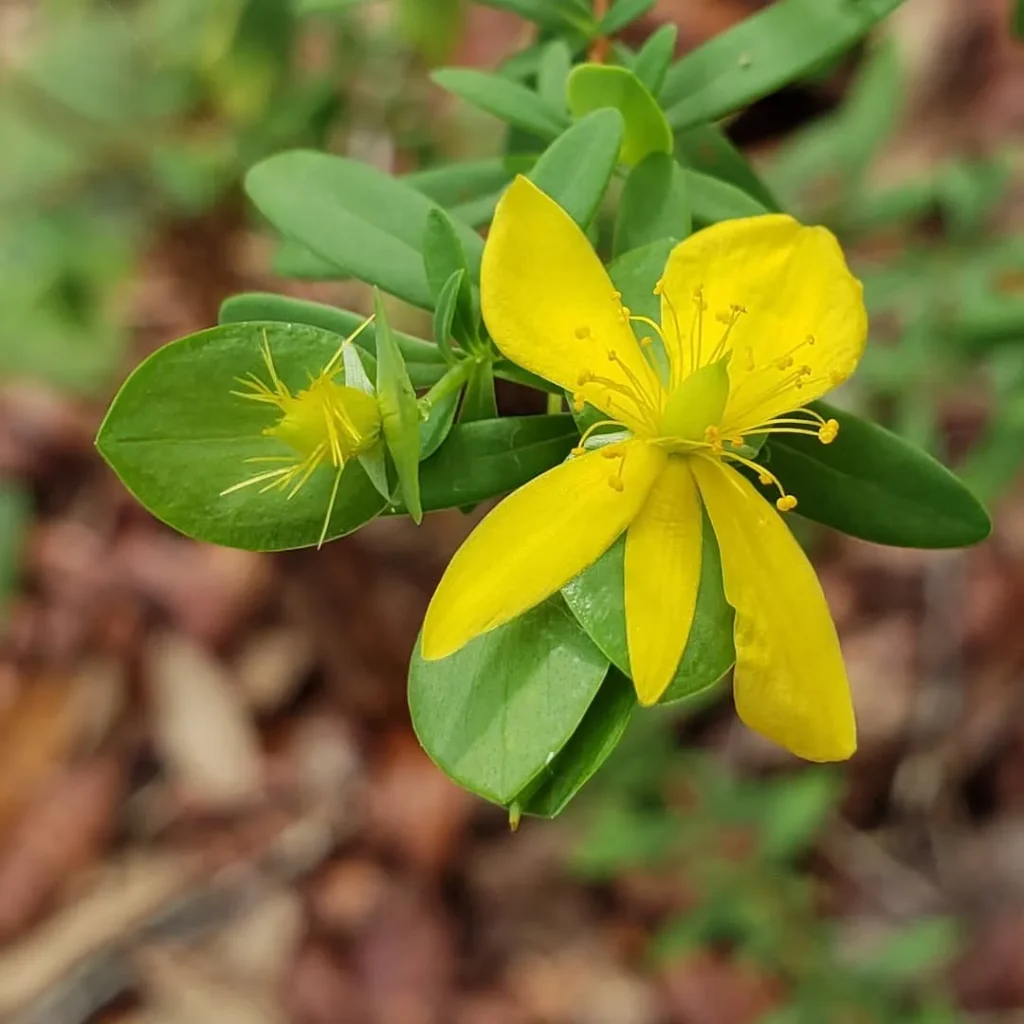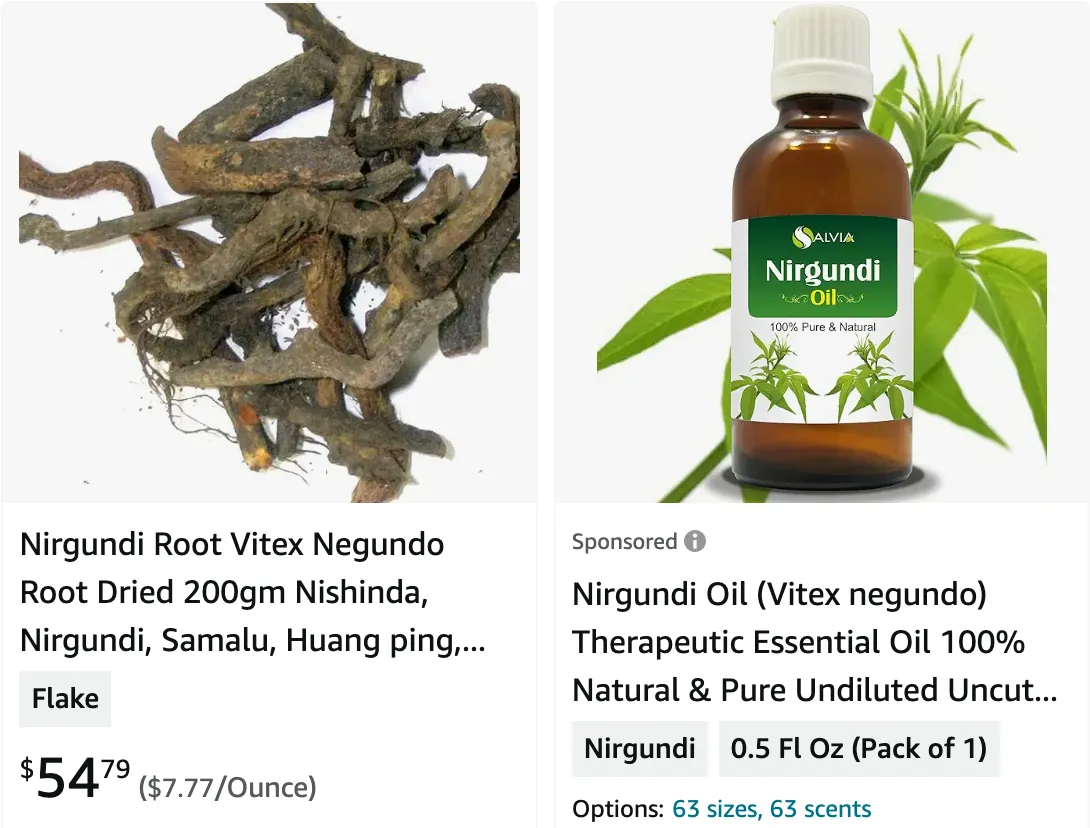
What is Vitex negundo?
Vitex negundo, commonly known as the Chinese chaste tree, five-leaved chaste tree, horseshoe vitex, or nisinda, is a large aromatic shrub with quadrangular, densely whitish, tomentose branchlets. It is widely used in folk medicine, particularly in South and Southeast Asia.
209 Species in Genus Vitex
Here’s a more detailed description of Vitex negundo:
- Family: Lamiaceae
- Scientific name: Vitex negundo L.
- Origin: Believed to be native to the Indian subcontinent, but now naturalized in many parts of the world including Southeast Asia, East Asia, and North America.
- Habit: Erect shrub or small tree growing from 2 to 8 meters (6.6 to 26.2 feet) in height.
- Leaves: Digitate, with five lanceolate leaflets, sometimes three.
- Flowers: Small, lilac-colored flowers arranged in clusters (panicles).
- Fruit: Drupe, small, globular, initially green and ripening to black.
Uses of Vitex negundo:
- Ornamental plant: Cultivated for its attractive foliage and flowers.
- Traditional medicine: Used in various cultures for a range of medicinal purposes, although scientific evidence to support these uses is limited. Some common uses include:
- Relief of menstrual cramps and PMS symptoms
- Treatment of infertility
- Skin conditions
- Inflammatory diseases
- Other uses: The wood is sometimes used for fuel or making small items.
Important Considerations:
- Vitex negundo may interact with certain medications. It is important to consult with a healthcare professional before using it if you are taking any medications.
- Vitex negundo can cause side effects in some people, such as stomach upset, headache, and skin rash.
Vitex Negundo vs Vitex Agnus Castus
I’ve grown Vitex Negundo and Vitex Agnus Castus in my garden, and I’ve found the former to be a bit more adaptable to various soil conditions, while the latter seems to thrive better in well-drained soil. The foliage of Vitex Negundo has a unique, almost tropical appearance, which I really enjoy, but Vitex Agnus Castus has a more traditional look that complements a classic garden style.
When it comes to flowering, Vitex Agnus Castus puts on a more impressive display with its vibrant, dense spikes of purple flowers, whereas Vitex Negundo’s blooms are more modest but still charming. I’ve noticed that Vitex Negundo tends to grow a bit more vigorously and can sometimes overshadow other plants, whereas Vitex Agnus Castus stays more contained and manageable in size.
How to grow Vitex negundo?
Here’s a guide on how to grow Vitex negundo, the Chinese chaste tree:
Planting:
- Climate: Vitex negundo is fairly adaptable but thrives in warm temperate to subtropical climates. It can tolerate some cold but may experience dieback in very harsh winters (USDA zones 5-10).
- Sunlight: Prefers full sun to partial shade. At least 6 hours of direct sunlight daily is ideal.
- Soil: Adaptable to a wide range of soil types but prefers well-drained soil. If your soil is heavy clay, amend it with compost or other organic matter to improve drainage.
Planting Steps:
- Choose a suitable location in your garden that meets the sunlight and soil requirements.
- Dig a hole 2-3 times wider than the root ball of your Vitex negundo and just as deep.
- If necessary, amend the dug-up soil with compost or organic matter for better drainage and fertility.
- Carefully remove the plant from its pot (if container-grown) and gently loosen any pot-bound roots.
- Place the plant in the hole, ensuring the root crown (the area where the stem meets the roots) sits slightly above the surrounding soil level.
- Backfill the hole with the amended soil mix, tamping it down gently to remove air pockets.
- Water thoroughly to settle the soil around the roots.
Aftercare:
- Watering: Water regularly, especially during the first growing season, to keep the soil consistently moist but not soggy. The frequency will depend on rainfall and weather conditions. Established plants are drought tolerant but will benefit from occasional watering during dry periods.
- Mulching: Apply a layer of mulch (2-3 inches thick) around the base of the plant to retain moisture, regulate soil temperature, and suppress weeds. Keep mulch a few inches away from the stems to prevent rot.
- Fertilizing: You can fertilize your Vitex negundo once a year in early spring with a balanced fertilizer. Avoid over-fertilizing.
- Pruning: Pruning is not strictly necessary but can be done to maintain a desired shape or size. Prune in late winter or early spring before new growth appears.
Additional Tips:
- Vitex negundo is a fast-growing shrub and can sucker (send up shoots from the roots). You can remove these suckers if you want to maintain a single-trunked shrub.
- While generally pest and disease resistant, watch for common garden pests like aphids or scale insects. You can treat them with insecticidal soap or neem oil if spotted.
- Be aware that Vitex negundo can be invasive in some areas. Check with local authorities to ensure it’s not a problem in your region before planting.
If i die, water my plants!
